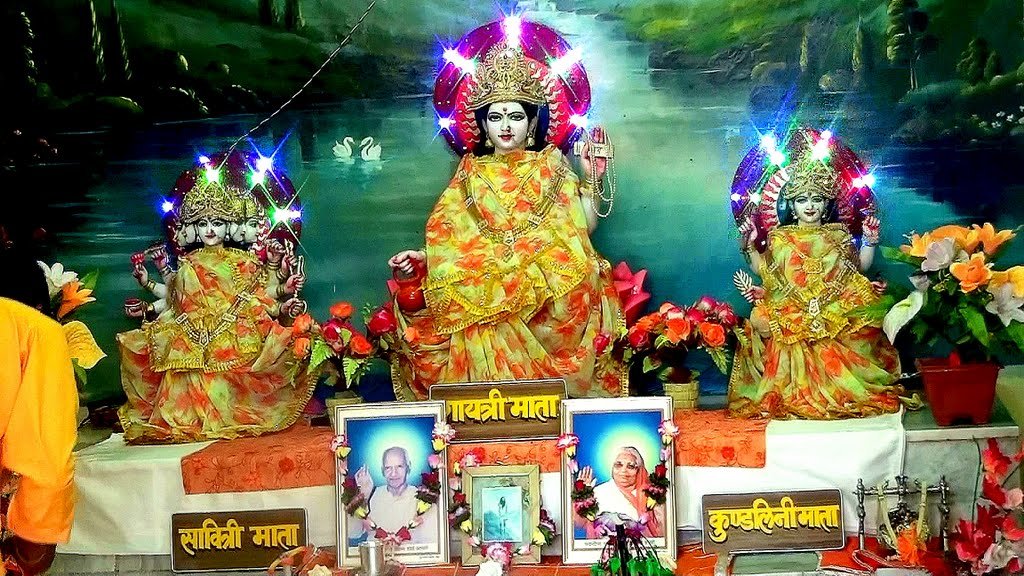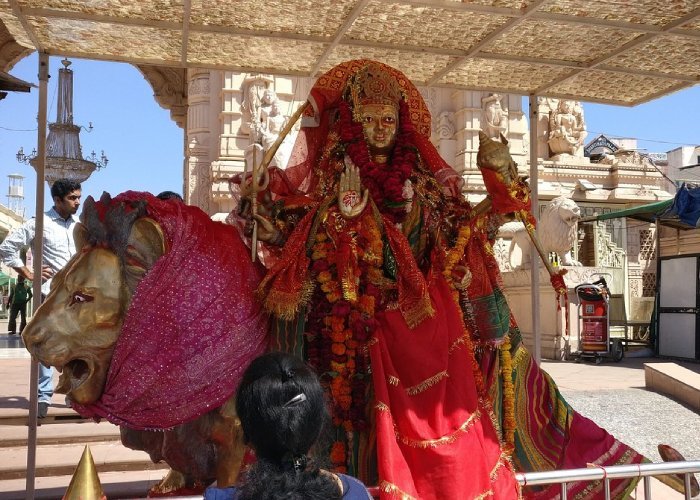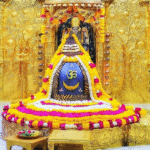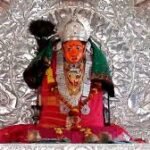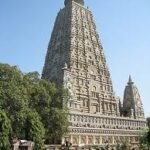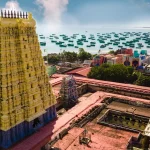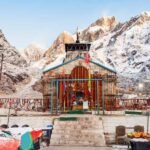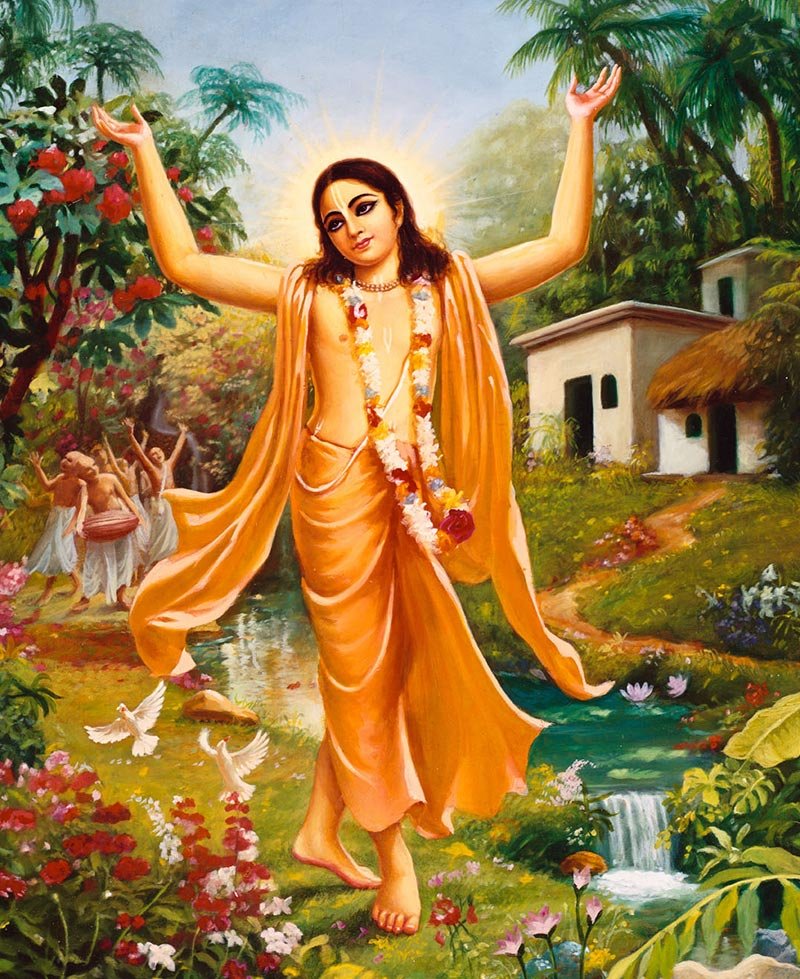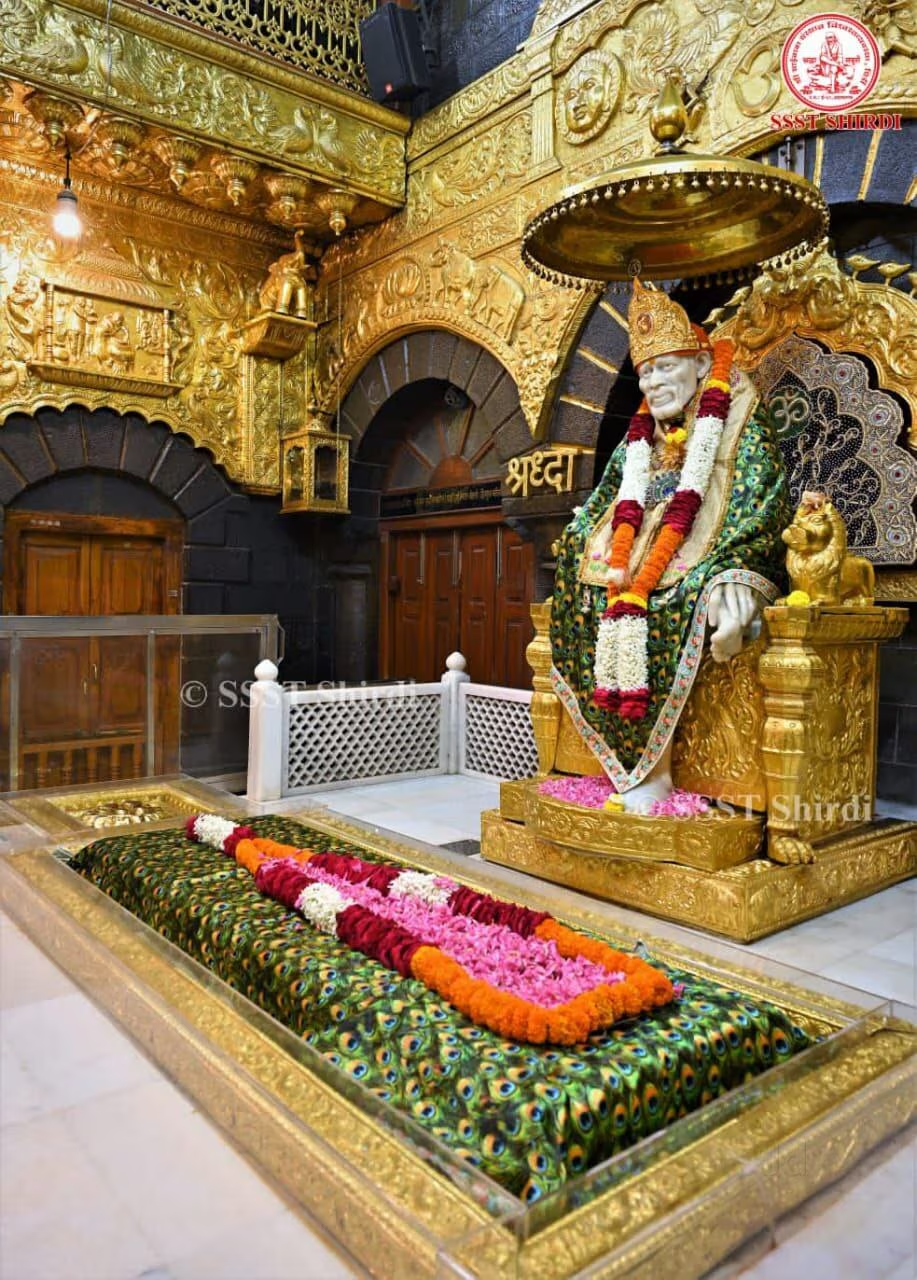
Overlooking the Arabian Sea, the temple is a symbol of resilience, having been rebuilt multiple times after invasions. With its mesmerizing architecture, rich legends, and religious prominence, the Somnath Temple is a must-visit religious site in India for spiritual seekers and history enthusiasts alike.





Religious Significance


Somnath Temple is considered one of the holiest places in Hinduism, primarily because it houses the first of the twelve Lord Shiva Jyotirlingas. Devotees believe that worshipping at Somnath grants liberation (moksha) from the cycle of birth and death. Unlike regular Shiva temples, a Jyotirlinga represents Lord Shiva’s infinite cosmic form, making it a powerful spiritual center. The temple is a significant stop in the Panch Tirth Yatra, along with Triveni Sangam, Suraj Mandir, Parshuram Tapobhumi, and Balka Tirth. Pilgrims believe that bathing in the sacred Triveni Sangam (confluence of three rivers) before visiting the temple purifies the soul. The temple’s spiritual vibrations, sacred chants, and traditional rituals make it an unmissable pilgrimage for Shiva devotees.
Temple Timings





